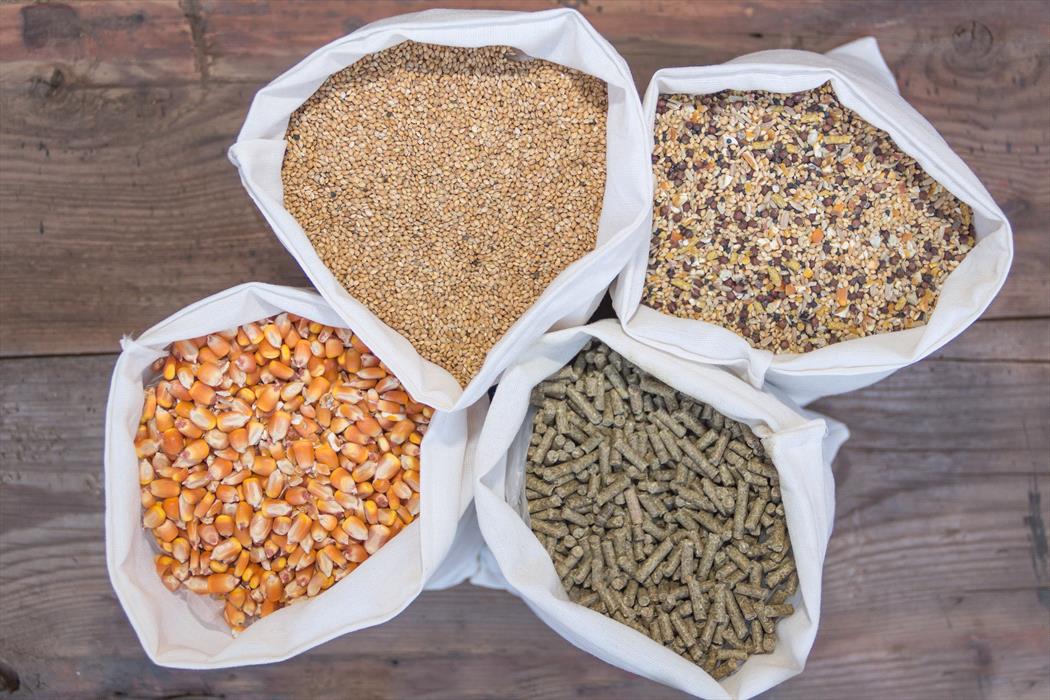animal food/feed

AAFCO photo
How the U.S. Food and Drug Administration and the Association of American Feed Control Officials interact when it comes to defining and vetting the safety of new and modified animal food ingredients is the focus of an upcoming public forum.
The organizations that oversee the safety and nutritional adequacy of food for animals in the U.S., including pets and livestock, will be spotlighted in a virtual meeting next month.
The U.S. Food and Drug Administration Center for Veterinary Medicine is hosting an online event about its role in the process used by the Association of American Feed Control Officials for defining animal food ingredients. The meeting is scheduled for Feb. 9 from 10 am to 4 pm EST.
Attendance is open to the public; registration is required. Anyone who would like to give an oral presentation during the session must sign up by Thursday, Jan. 12, at 11:59 pm EST, and indicate the nature of their proposed presentation.
The FDA and AAFCO have separate but interactive roles on animal feed. As a regulator, the FDA reviews the safety of new or modified animal food ingredients, including food additives, color additives, and those that manufacturers propose not to be treated as additives but rather, "generally regarded as safe."
AAFCO is not a regulatory agency but is comprised of state, federal and international regulatory officials who provide model laws and regulations for states, most of which opt to follow AAFCO-set standards.
The FDA provides to AAFCO scientific and technical advice on the suitability of new or modified food ingredients, for which AAFCO establishes definitions. A recent example is dried black soldier fly larvae. The information reviewed by the FDA "showed that it is a safe source of nutrition when used in food for salmonid fish, poultry, swine and adult dogs," according to FDA spokesperson Anne Norris. "The definition includes information about how the insects must be raised and what information must be on the ingredient label."
Another recent example is an extract from cashew shells. "FDA found that this material is a safe and useful flavor for cattle diets," Norris said. "As part of our review, we defined the composition of the extract that is needed for the ingredient to work as a flavor and established a maximum amount that is safe for use in cattle diets."
According to a notice of the Feb. 9 meeting, the FDA "plans to present on the FDA-AAFCO relationship, explain the FDA-AAFCO memorandum of understanding, and discuss potential changes to FDA's approach to its consultations in support of AAFCO's process for defining feed ingredients. AAFCO will present information about its organization and how it works with FDA. The majority of the meeting time will be dedicated to giving stakeholders an opportunity to share constructive feedback and suggestions ..."
The FDA is looking for information on how it may collect input on the safety of each pending ingredient definition. Specifically, it seeks responses to these questions:
- What can the FDA do to improve understanding of, and better communicate, how it engages with the AAFCO feed-ingredient-definition process?
- What changes should the FDA consider, and why, to its role with that process?
- What aspects of the FDA's participation as scientific reviewers of new AAFCO feed-ingredient definitions are successful and/or valuable?
- If the FDA were to make publicly available a list of AAFCO feed-ingredient-definition requests, where should the list be located and what information should be included?
Individuals may submit comments on the subject and answers to the questions in writing. Details on how to do so are available here.
The FDA says other aspects of animal food regulation won't be addressed at this session, which will be the agency's third virtual public meeting on animal food in the past 1½ years. The FDA held an event on animal food claims last October, and a forum on pet food oversight in September 2021.